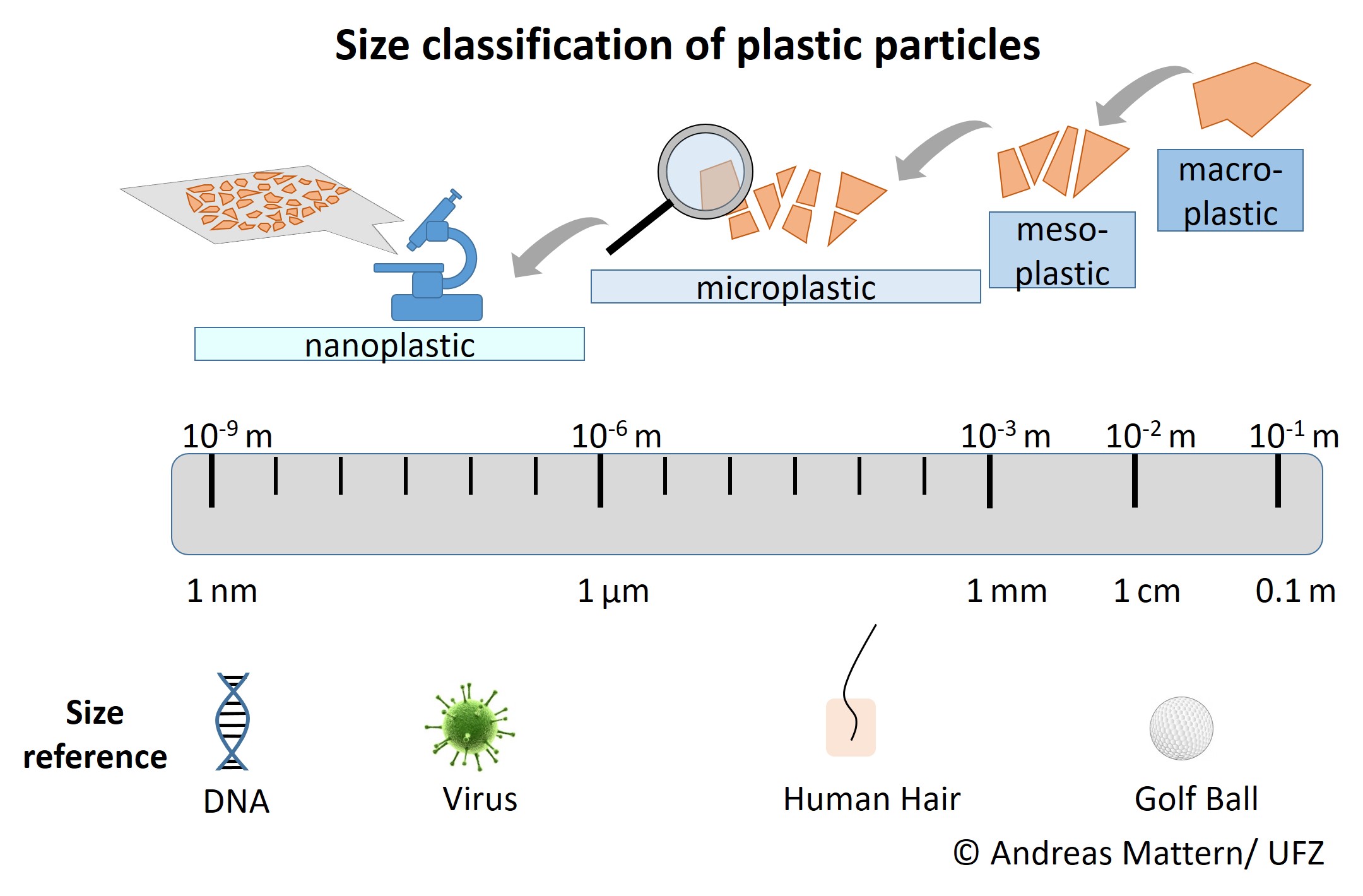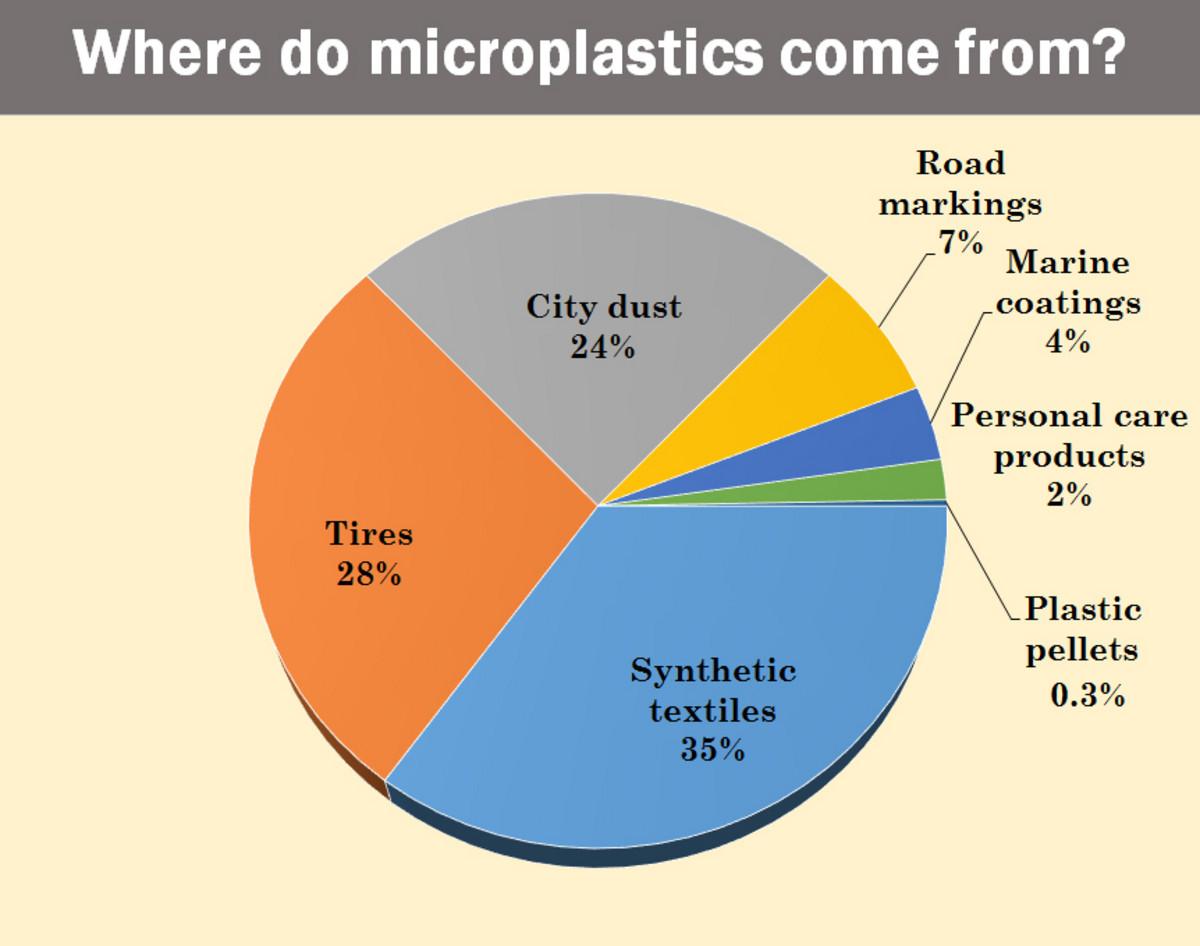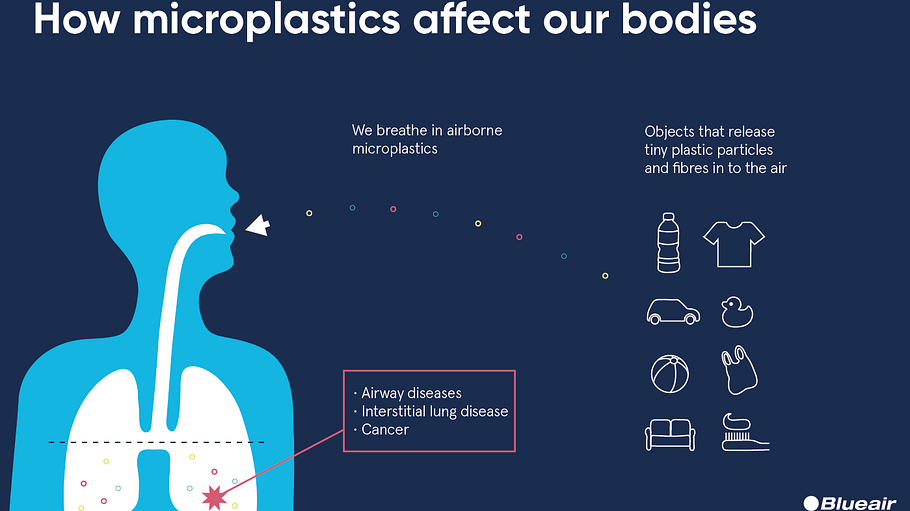Green Guardians has been interested in fine particle and nanoparticle plastic pollution in air and soil for some time.
The greatest pollution with fine plastic particles comes from our clothes and our roads. 2 types of major particles are distinguished and studied by ADEME (Environment and Energy Management Agenda): PM10 and PM2.5 (particle size in microns).

This disturbing phenomenon risks and is already increasing due to certain "recycling" processes (I would rather say storage processes).
Today, 28% of fine particles emitted come from tires and 7% from roads. This figure could evolve enormously and it is on this study that green guardians would like to treat

Indeed more and more plastic road projects are emerging.
The process is simple: recover any type of plastic, shredde and mix it with bitumen to partially replace the aggregate.
The advantages are the flexibility of the road and the power to absorb water and vibrations. but the process is more like storage than recycling, which will lead to a new problem with road wear... A considerable increase in fine particles emitted into the air.
These fine particles are dangerous for humans because present in the air, they are absorbed by the respiratory system and stored in the body.
Several studies today reveal the link between the accumulation of these particles in the human body and the development of cancer and tumours.
All commercial plastics contain chemical substances, which are always present in these fine particles and will contaminate our organism.
Some will tell you plastic comes from petrol, bitumen too so they are made of the same thing... except that plastic is a synthetic material with very different properties. The only way to retransform the plastic into a component for the road would have been pyrolysis to transform it into bitumen and thus limit the diffusion of fine plastic particles.
It is important to study all the feasibility of a project to be sure that its impact is not the opposite of what was sought, i.e. recycling and limiting plastic pollution. But we can observe the opposite.
The trend could be a 300% increase in fine and toxic particles from roads in areas with this type of road surface (bitumen + plastic shredded).
For the good of public health, Green Guardians wants to look into and study this problem to improve the processes and the viability of recycling techniques in the long term. We know the amount of microplastic in the oceans but still not in the air we breathe.
Plastic contamination is everywhere... In the food, in the water and in the air. Thats why using and recycling plastic have to be more controlled to dont create new and bigger pollution.
Recycling is not a funny game where you can do what you want wihtout thinking about some consequences.

Green Guardians
NatureMind-ED
Source: ADEME / BOUCHER & FRIOT 2017 / GREEN GUARDIANS / IUCN
Guillaume Lebout